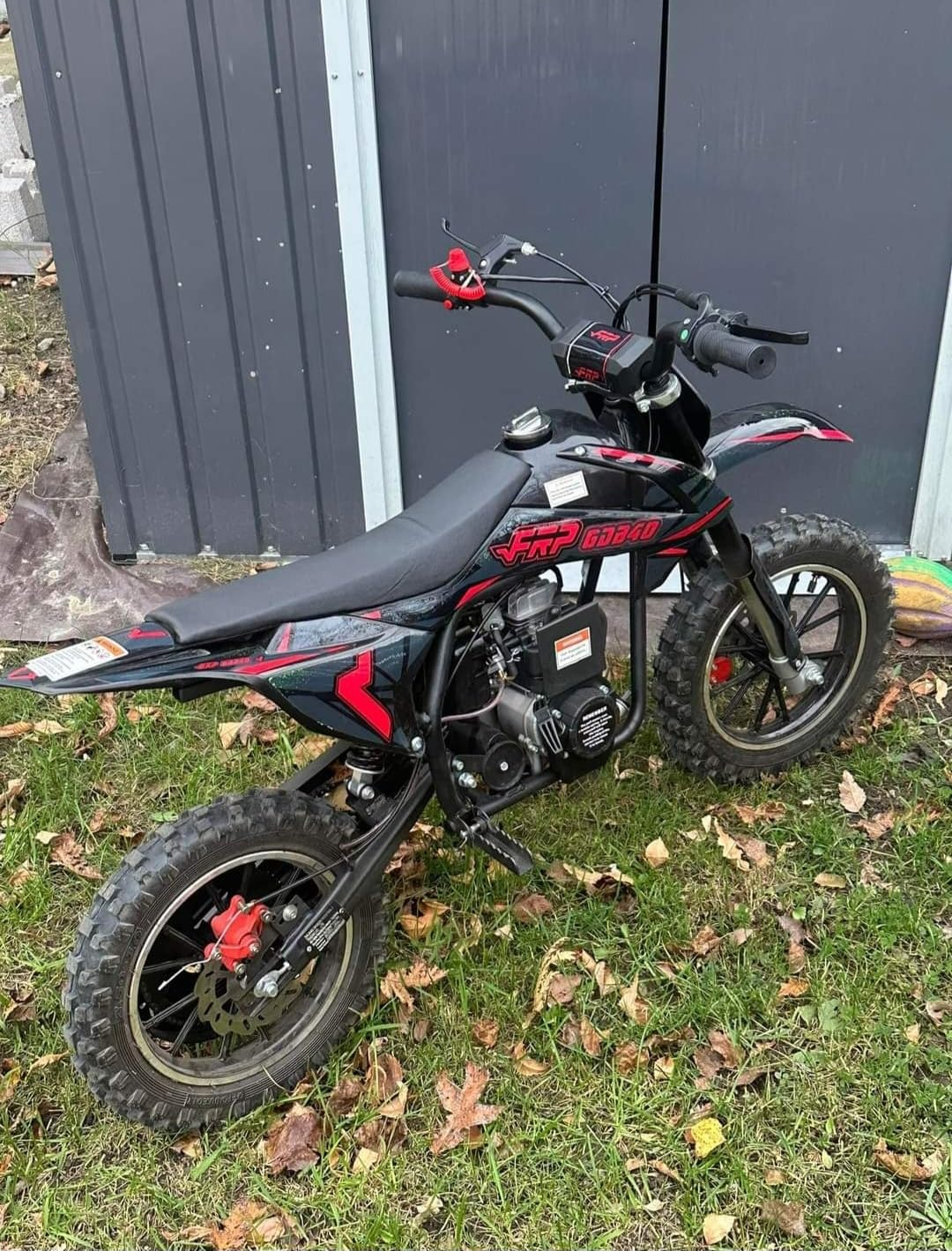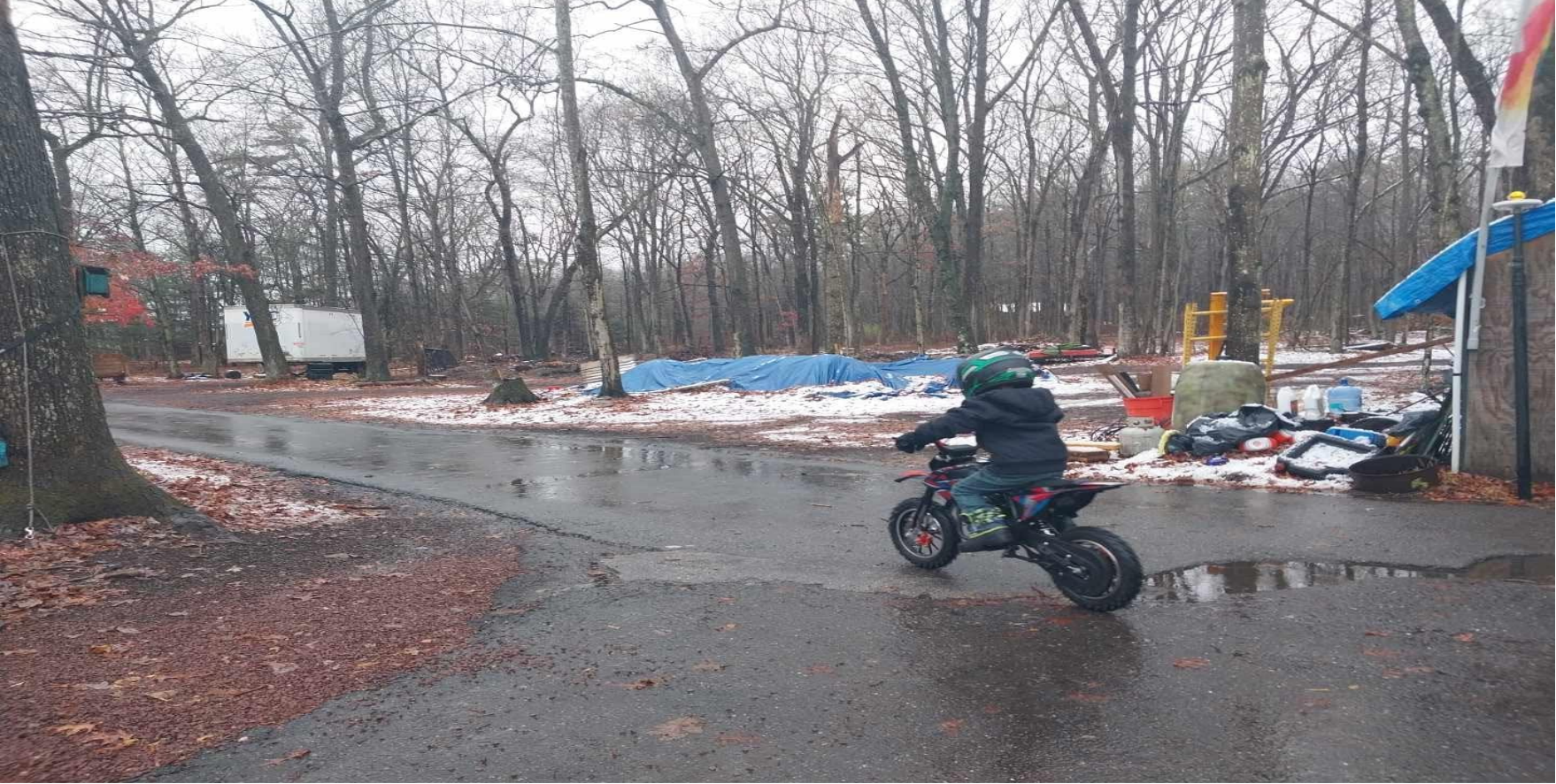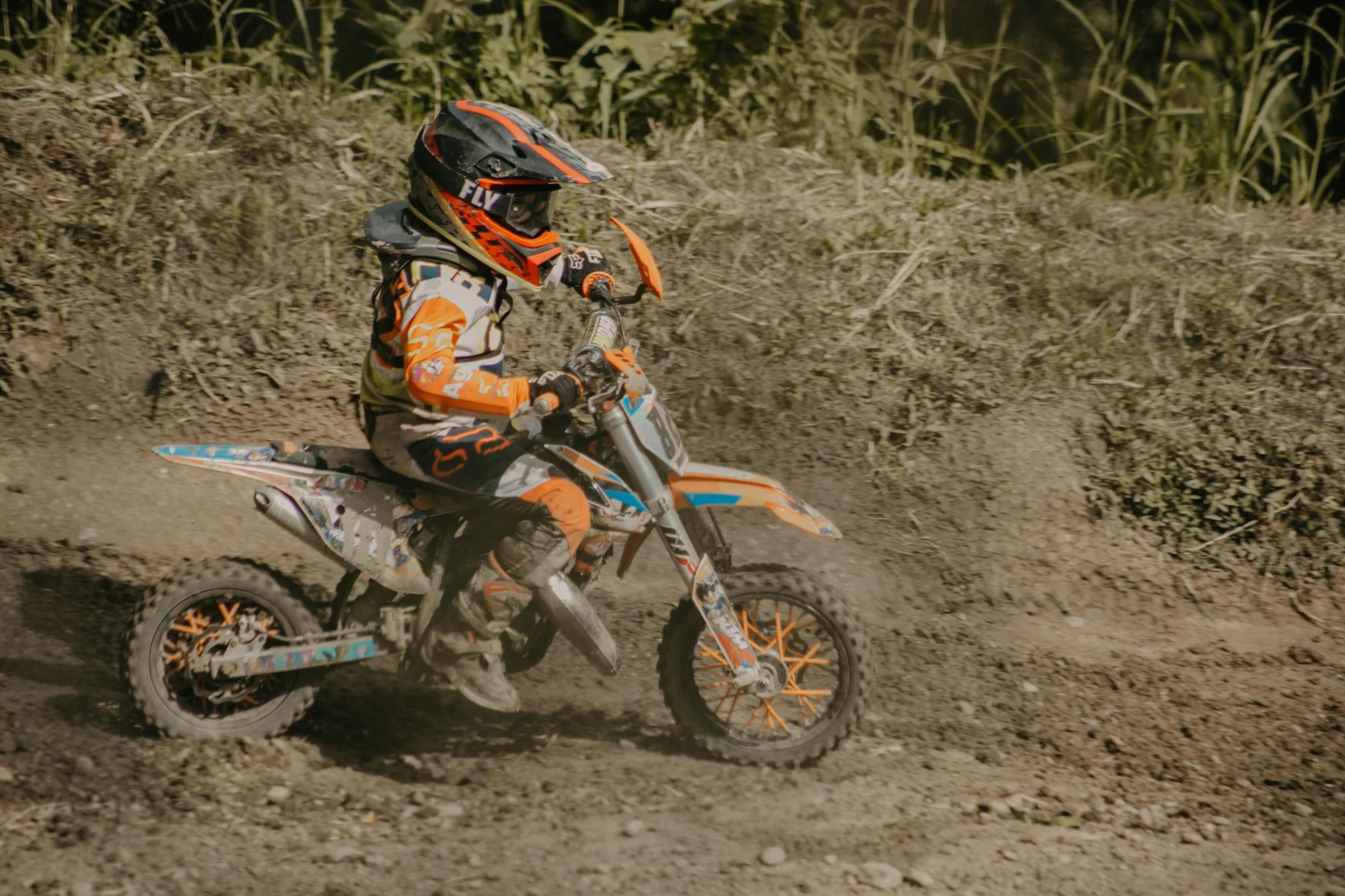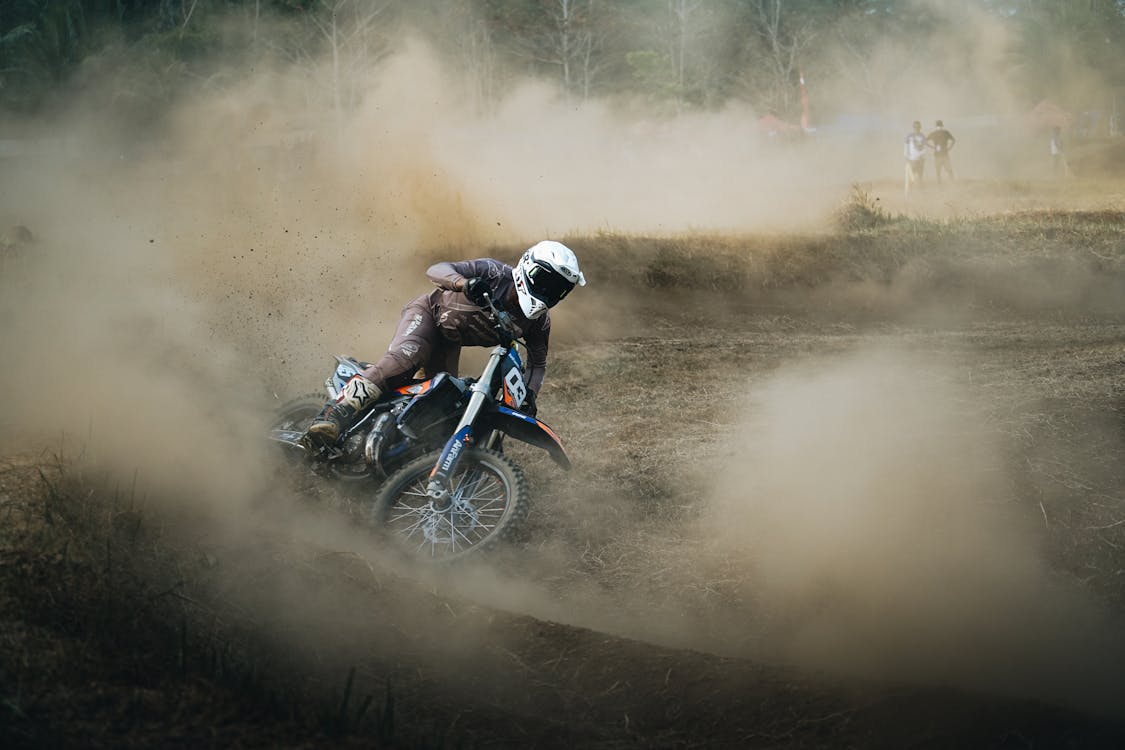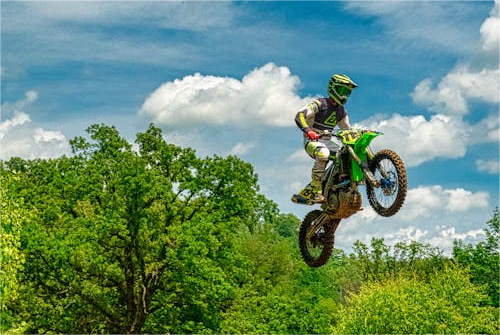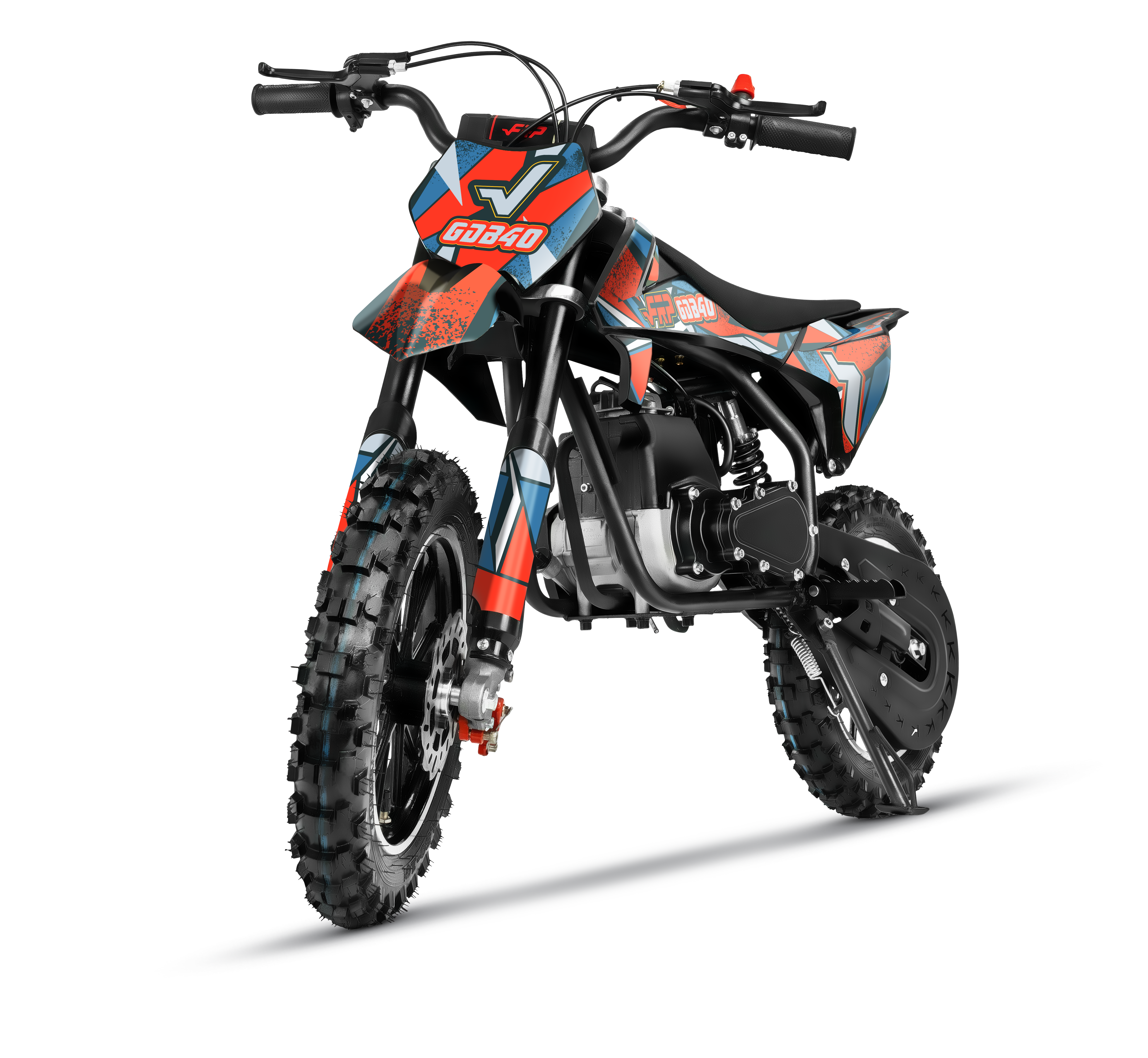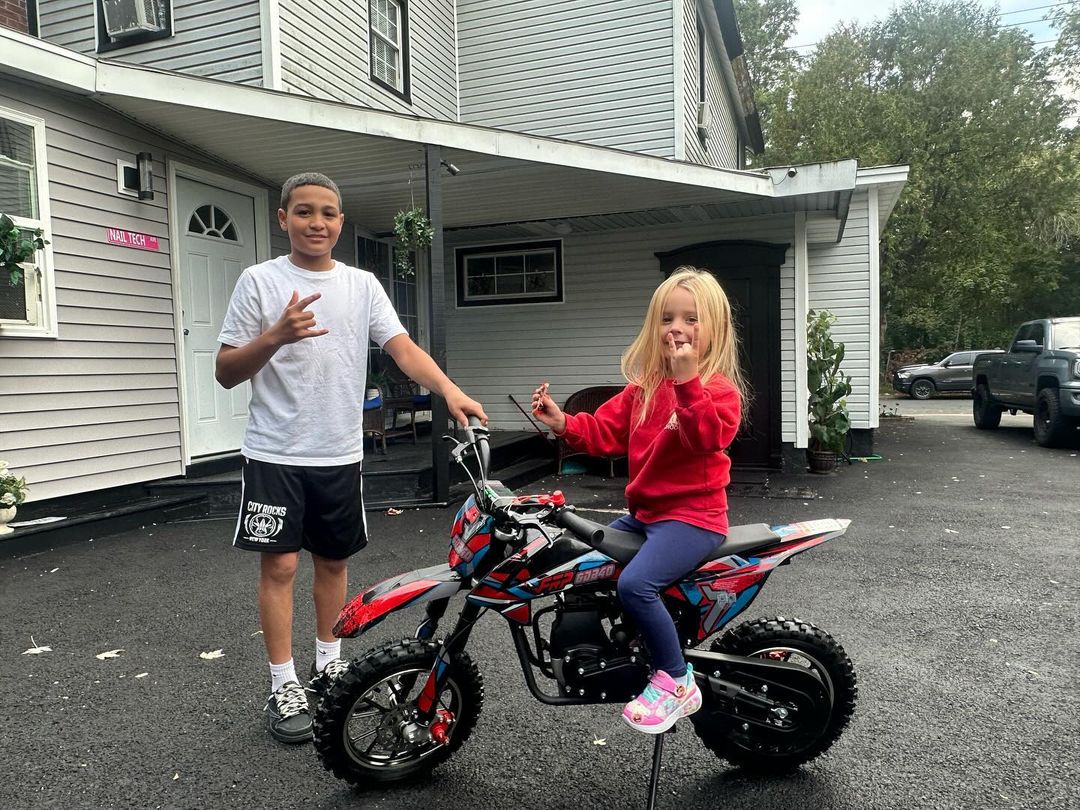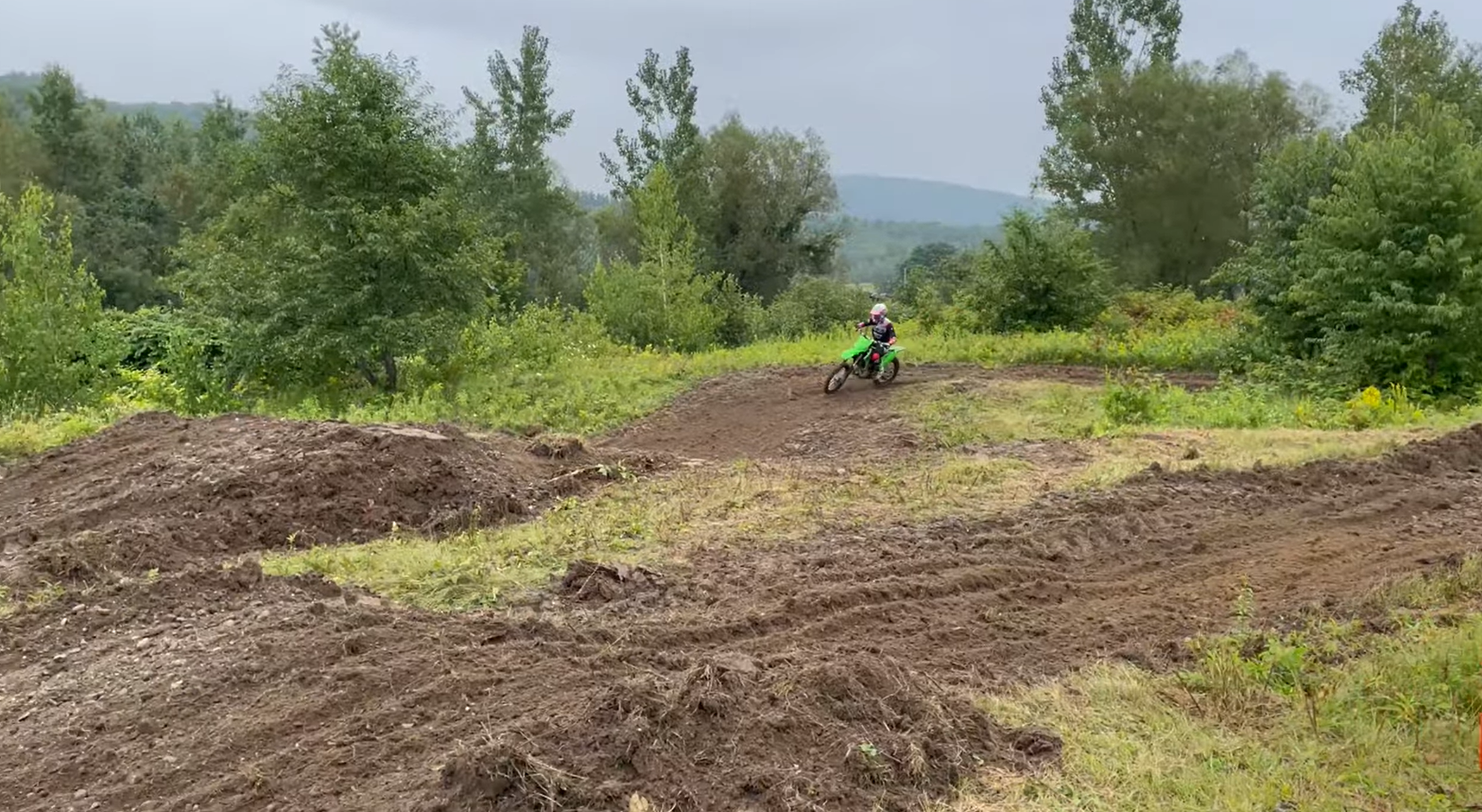Riding a dirt bike is an exhilarating experience that many people, especially youth dirt bike enthusiasts, enjoy. However, it's not uncommon to experience physical discomfort after a thrilling ride.
This article will explore the reasons behind this phenomenon and provide several solutions to help recover from the discomfort. Whether you're a fan of gas-powered dirt bikes, fast mini dirt bikes, or kids dirt bikes, these tips will be useful.
Wrong Riding Posture
One of the primary contributors to post-ride physical discomfort is maintaining an incorrect riding posture, which can harm your body, particularly your back and neck. This issue is prevalent among riders of all ages, including youth dirt bike enthusiasts and those who prefer gas powered dirt bikes.
When your riding posture is off, it puts excessive pressure on your back and neck, increasing fatigue and muscle soreness. This discomfort can be further exacerbated during bumpy rides or when tackling challenging terrains.
To address wrong riding posture, learning how to properly distribute your weight on the bike and utilize leg balance effectively is essential. Distributing your weight evenly between the handlebars, footpegs, and seat helps maintain stability and reduce strain on your back and neck.
You can minimize fatigue and muscle soreness by practicing and mastering proper riding posture techniques, such as bending your knees slightly, keeping your back straight, and engaging your core muscles.
Remember, whether riding a youth dirt bike or a powerful gas powered dirt bike, maintaining a correct posture is crucial for your comfort and overall riding performance.

Insufficient Water and Nutrients
Proper hydration and adequate nutrient intake prevent physical discomfort after riding fast mini dirt bikes or kids dirt bikes. These exhilarating activities can be physically demanding, causing muscle cramps and fatigue if the body is not properly nourished.
Maintaining sufficient moisture levels in your body before, during, and after your fast Mini dirt bike rides is crucial. Dehydration can quickly occur, especially during intense rides or hot weather conditions. Ensure you drink plenty of water to keep yourself hydrated and replace electrolytes lost through sweating.
A balanced diet that includes protein, carbohydrates, and healthy fats is key in promoting muscle recovery and reducing inflammation. Protein helps repair and rebuild muscle tissues, while carbohydrates provide energy for sustained performance.
Healthy fats, such as those in avocados or nuts, offer anti-inflammatory benefits. Incorporating nutrient-dense foods into your meals and snacks can support faster recovery and reduce post-ride discomfort.
Maintaining adequate hydration and a balanced diet can prevent muscle cramps, fatigue, and discomfort associated with fast mini dirt bikes or kids dirt bikes.
Rest and Recovery
Rest and recovery are crucial to maintaining your physical well-being and preventing persistent discomfort after riding fast mini dirt bikes or a youth dirt bike. Giving your body enough time to rest and repair itself is essential to avoid injuries and the overuse of muscles.
Between your dirt bike rides, it is important to schedule adequate rest days. These rest days allow your body to recover from the physical exertion and stress it experienced during riding. Allowing your muscles and joints to rest minimizes the risk of developing chronic discomfort and overuse injuries.
Yoga or swimming promotes blood circulation, flexibility, and relaxation. These gentle exercises help reduce muscle tension and promote healing, ensuring that your body remains in optimal condition for your next fast mini dirt bike or youth dirt bike adventure.
Listening to your body is essential when it comes to rest and recovery. Pay attention to any signs of fatigue or pain and adjust your activity levels accordingly. Pushing through excessive fatigue can lead to more severe discomfort and injuries.

Progressive Training
When riding a gas powered dirt bike or a youth dirt bike, progressive training is key to reducing physical discomfort and minimizing the risk of overwork. Gradually increasing the intensity and duration of your rides allows your body to adapt and build strength and endurance more effectively.
Starting with shorter and less intense rides is a great way to introduce your body to the demands of dirt biking. As your fitness level improves, gradually increase the duration and intensity of your rides. This progressive approach helps your muscles, joints, and cardiovascular system acclimate to the riding challenges, reducing the likelihood of strain and discomfort.
Seeking professional training or joining a cycling group can also benefit progressive training. Experienced instructors can guide you on proper techniques, body positioning, and bike handling skills. They can provide valuable insights into building strength and endurance, ensuring you progress safely and suitably.
Riding with a group can also enhance your skills and motivation while offering a supportive environment for learning and improvement. This balance of challenge and rest will help you build resilience and enjoy your gas powered dirt bike or youth dirt bike rides with reduced physical discomfort.
Watch Out for Physical Signs and Seek Professional Help
When riding a kids dirt bike or a gas powered dirt bike, paying attention to your body's signals and physical signs is crucial to prevent overwork and potential injuries. Ignoring these warning signs can lead to more severe discomfort and long-term issues. Therefore, it's important to be proactive and seek professional help when necessary.
During and after your rides, be mindful of any pain, discomfort, or unusual sensations in your body. If you experience persistent pain in specific areas, joint instability, or reduced range of motion, addressing these signs promptly is essential.
Remember, prioritizing your health and well-being is paramount when riding a kids dirt bike or a gas powered dirt bike. By listening to your body, recognizing physical signs, and seeking professional help when needed, you can prevent further harm, optimize your riding experience, and maintain your physical fitness for the long term.
Proper Recovery Techniques
Proper recovery techniques can significantly alleviate physical discomfort and promote a faster recovery after a thrilling adventure on a kids dirt bike or a youth dirt bike. Incorporating these techniques into your post-ride routine can enhance muscle recovery and reduce soreness.
One effective recovery technique is the use of cold baths. Immersing yourself in cold water helps constrict blood vessels, reducing inflammation and muscle soreness. Consider taking a cool shower or even filling a bathtub with cold water for a refreshing soak.
Another useful tool for recovery is a foam roller. This cylindrical device allows you to apply pressure to specific muscle groups, promoting myofascial release and alleviating muscle tightness. Rolling out your muscles with a foam roller after a ride can help improve circulation and enhance recovery.
Massage is another valuable recovery technique. It helps relax muscles, improves blood flow, and speeds up the removal of metabolic waste products. Consider scheduling a professional massage or using self-massage techniques such as a massage ball or foam roller.
Applied hyperthermia, such as a warm water shower or hot compress, can also aid in muscle relaxation and blood circulation. The heat helps soothe tight muscles and increases nutrient and oxygen delivery to the tissues, promoting faster recovery.
Conclusion
Experiencing physical discomfort after riding a dirt bike is uncommon, but following the recommendations outlined in this article can reduce the risk and recover more effectively. Remember to maintain a proper riding posture, stay hydrated, and consume balanced nutrients.
Allow adequate rest and recovery time between rides, progressively train to improve your skills, and be attentive to physical signs, seeking professional help when necessary. Additionally, utilize proper recovery techniques such as cold baths, foam rollers, massage, and applied hyperthermia.
By prioritizing your well-being and following these guidelines, you can minimize physical discomfort, enhance your riding experience, and promote a faster recovery.


